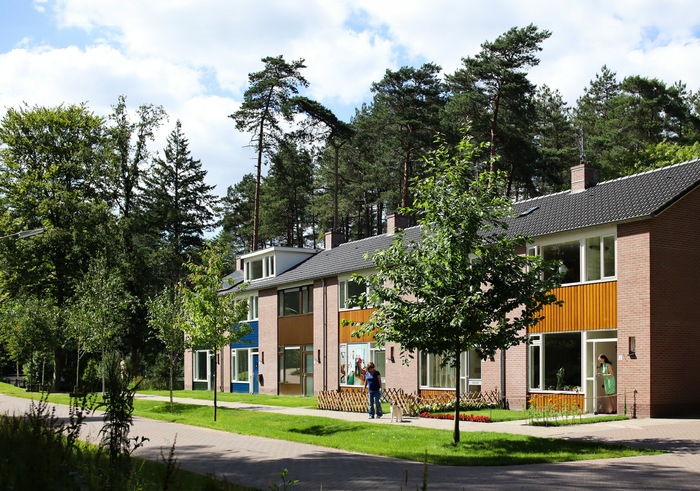
Hydrogen car wins over electric car
As far as hydrogen-powered transport is concerned, the cost of infrastructure will ultimately be lower than for electric cars. Germany's Jülich Research Centre has arrived at this striking result based on a theoretical study of 20 million vehicles running on hydrogen or electricity.
The outcome seems to contradict everybody's previous ideas on the matter. To charge electric cars, there is already a great electrical infrastructure, while the infrastructure for hydrogen has more or less yet to be built. That makes the investment costs for hydrogen higher initially than for electricity.

And ultimately hydrogen will triumph in terms of the cost of infrastructure. Assuming 20 million vehicles, then the electrical infrastructure would cost 51 billion euros while hydrogen tops out at 40 billion euros.
The Jülich Research Centre arrives at these figures for hydrogen and electrical cars based on model calculations geared to the existing German infrastructure and sources of sustainable energy.
Rapid refills
That the hydrogen infrastructure ultimately costs less, is partly down to more effective utilisation. Once the hydrogen infrastructure is in place, it can be utilised much better, as filling times are much shorter than for charging batteries. So to serve all those 20 million cars requires less infrastructure than with the electrical variant. And if the electrical infrastructure has to supply 20 million cars with enough power, then that also requires massive investment.

The researchers emphasise that the cost of infrastructure should not be overstated: To produce all the projected renewable energy in Germany by 2030 requires an investment of 375 billion euros, plus some 34 billion euros to modify the power grid.
Both 4.5 eurocent per km
The electric car is, however, more efficient than a hydrogen car. After all, converting electricity to hydrogen and back to electricity involves major losses (the efficiency of that chain is some 45%).
On the other hand, hydrogen is primarily produced when there is a surplus of cheap electricity (hydrogen is relatively easy to store) and there is also the lower infrastructure cost. The result of all this is that the kilometre price of both types of power train is about equal at 4.5 eurocent per km.
Hybrid combination
The researchers believe a hybrid system to be the optimum combination. Passenger cars then drive on electricity, with heavier transport, including shipping, running on hydrogen. Both the electric and hydrogen infrastructure would also have many other users, including industry and be able to supply power in the event of electricity shortages.
What's more, hydrogen production can help gear the supply of electricity to meet demand. If there is a lot of solar or wind energy, then a lot of hydrogen is produced and vice versa.
If you found this article interesting, subscribe for free to our weekly newsletter!






